1. Ron Howard
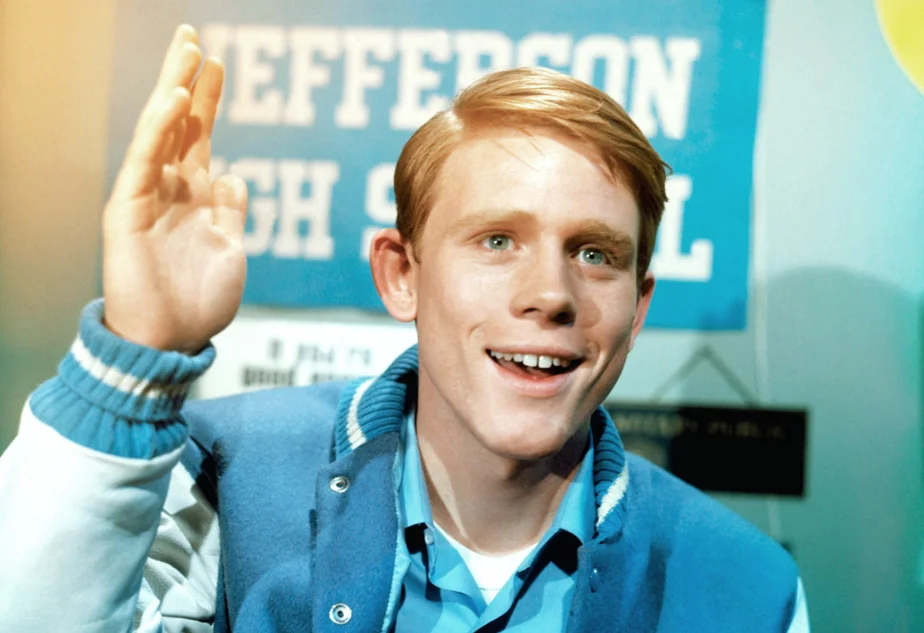
Long before he was the award-winning director behind Apollo 13 and A Beautiful Mind, Ron Howard was known to TV audiences as Opie on The Andy Griffith Show and later as Richie Cunningham on Happy Days. His friendly charm and natural ease on camera made him a household name in the ’70s, but Howard was quietly nurturing a different dream behind the scenes.
By the end of his run on Happy Days, Howard had already started directing, eventually walking away from acting to focus on filmmaking full time. His early work on movies like Night Shift and Splash proved he could bring warmth and heart to the big screen, and the hits just kept coming. Today, Howard is one of Hollywood’s most respected directors, known for both crowd-pleasers and Oscar contenders.
2. Penny Marshall
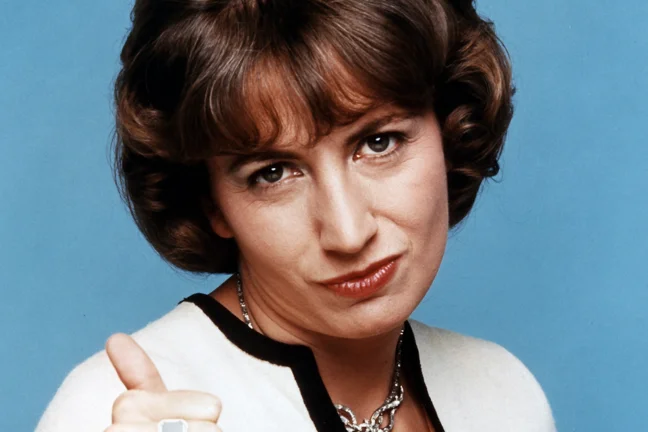
Penny Marshall made millions laugh as Laverne DeFazio on Laverne & Shirley, with her slapstick humor and Bronx accent becoming her signature. The sitcom cemented her place in TV history, but Marshall was paying close attention to the directors she worked with, curious about how they brought episodes to life.
She transitioned into directing in the ’80s and soon became a trailblazer for women in Hollywood. Marshall’s films, like Big and A League of Their Own, were box office smashes and are still beloved today. Her success behind the camera paved the way for other female directors to break into the industry.
3. Rob Reiner
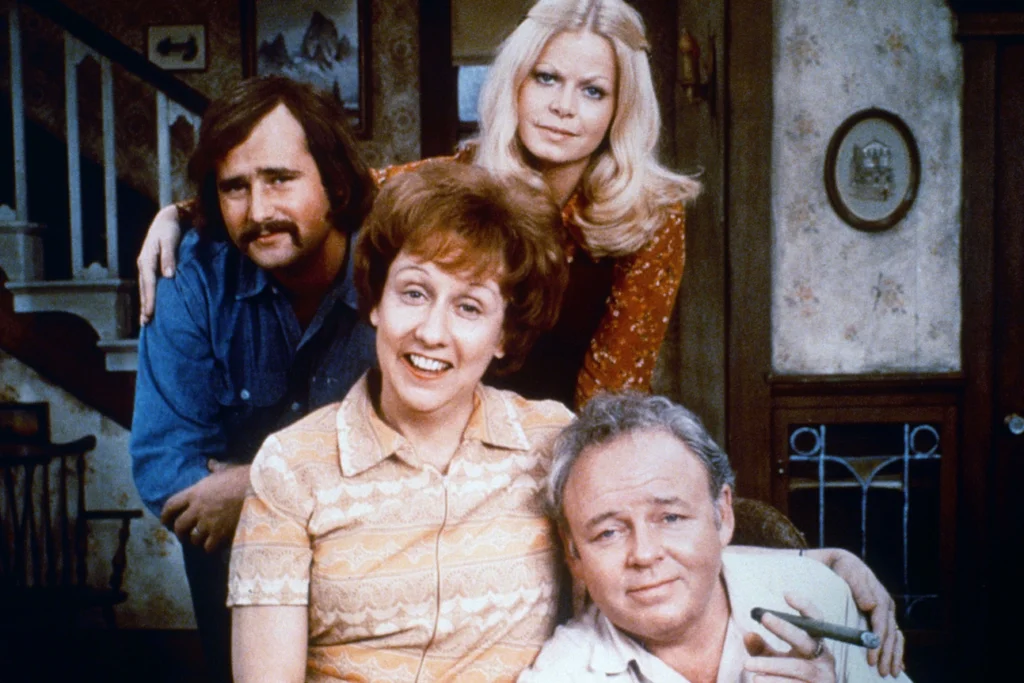
Rob Reiner’s role as Michael “Meathead” Stivic on All in the Family made him a familiar face in living rooms across America. He brought sharp comedic timing and heartfelt moments to the groundbreaking sitcom, but after the series ended, Reiner decided to try his hand behind the camera.
He quickly found his footing with This Is Spinal Tap, which became a cult classic, and followed it with a string of hits like Stand by Me, The Princess Bride, and When Harry Met Sally…. Reiner’s directing career turned him into one of the most versatile storytellers in Hollywood, able to handle comedy, romance, and drama with equal skill.
4. Michael Landon

Michael Landon spent the ’70s as Charles Ingalls on Little House on the Prairie, a role that showcased his wholesome image and deep emotional range. But Landon wasn’t just the star of the show—he was also writing and directing episodes, honing skills that would define the rest of his career.
When Little House ended, Landon used his talents to create and produce new series like Highway to Heaven, where he again wore multiple hats. His dedication to telling uplifting stories made him a rare kind of TV figure who could lead both in front of and behind the camera.
5. Alan Alda
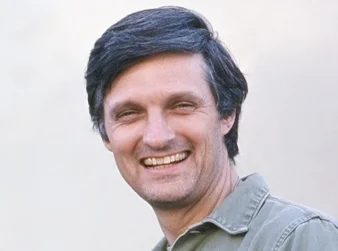
As Hawkeye Pierce on M*A*S*H, Alan Alda became one of television’s most beloved actors, blending humor and pathos in a way that felt effortless. But Alda was also deeply involved in the creative process, directing more than 30 episodes of the hit series.
His work behind the scenes helped M*A*S*H maintain its balance between comedy and the serious realities of war. Alda later directed films like The Four Seasons and continued to write, direct, and act in projects that aligned with his thoughtful approach to storytelling.
6. Bill Bixby
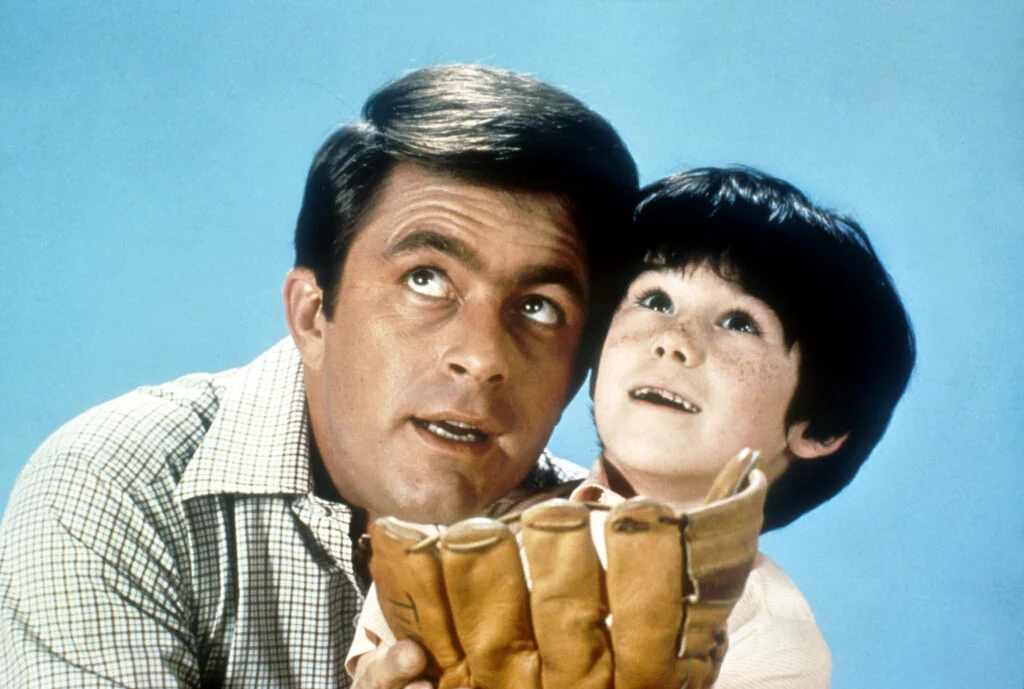
Bill Bixby was a familiar face in the ’70s thanks to roles in shows like The Courtship of Eddie’s Father and The Incredible Hulk. His calm, relatable presence made him a favorite with viewers, but he had ambitions that extended to directing.
Bixby directed episodes of his own shows and others, becoming known for his ability to guide performances with empathy. He later directed Blossom and other ’90s series, proving his directing skills were as strong as his acting talent.
7. Carl Reiner
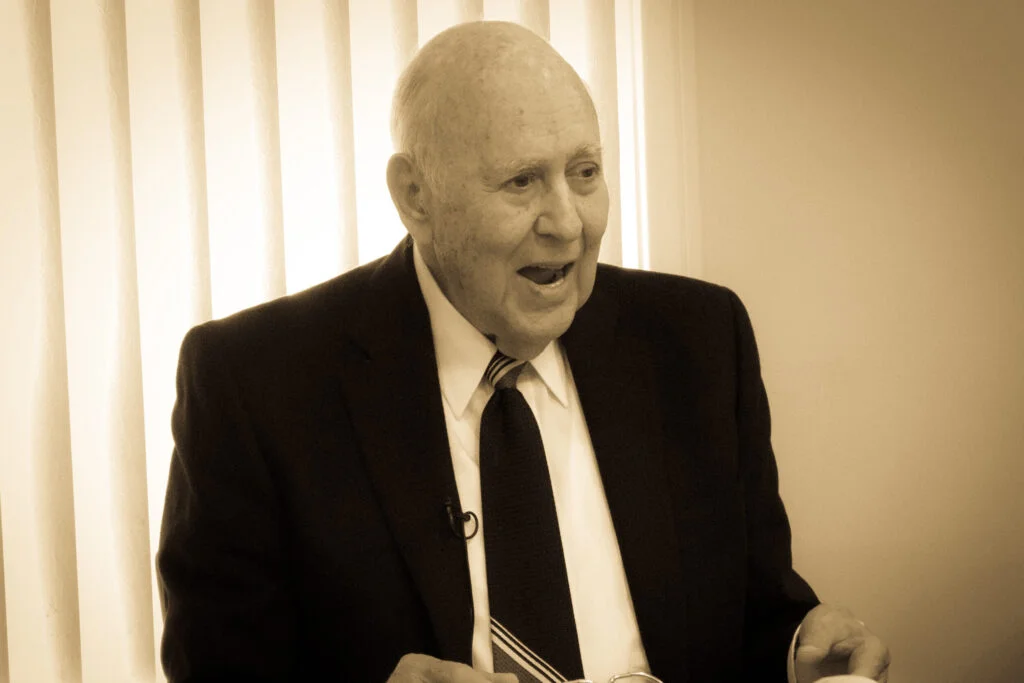
Carl Reiner’s work as an actor, writer, and producer in earlier decades set him up for a successful run in the ’70s, where he was still a major creative force. While he was best known for creating The Dick Van Dyke Show in the ’60s, he spent the ’70s branching further into directing.
His film Oh, God! starring George Burns was a critical and commercial hit, and he continued to direct comedies like The Jerk. Reiner’s smooth transition into directing showed how easily a sharp comedic mind could adapt to new creative challenges.
8. James Garner
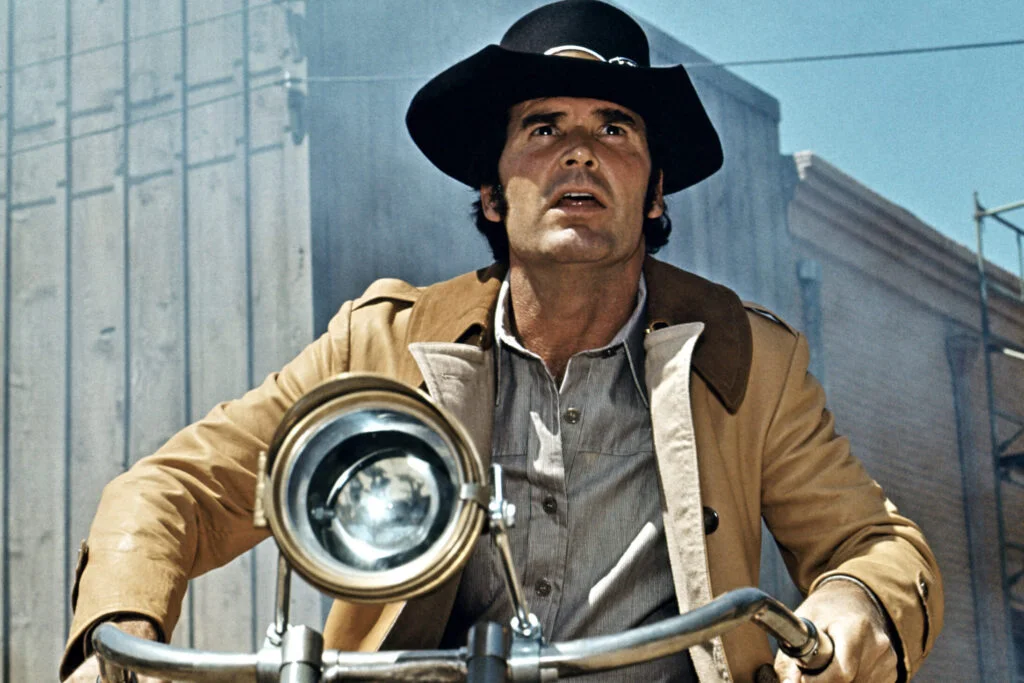
Known for The Rockford Files in the ’70s, James Garner was the epitome of the charming, wisecracking leading man. While audiences loved him as Jim Rockford, Garner was also interested in the business and production side of entertainment.
He directed episodes of his own show and became a hands-on producer, ensuring that The Rockford Files maintained its quality and unique style. Garner’s behind-the-scenes involvement gave him greater creative control over his work, something he valued throughout his career.
9. Burt Reynolds
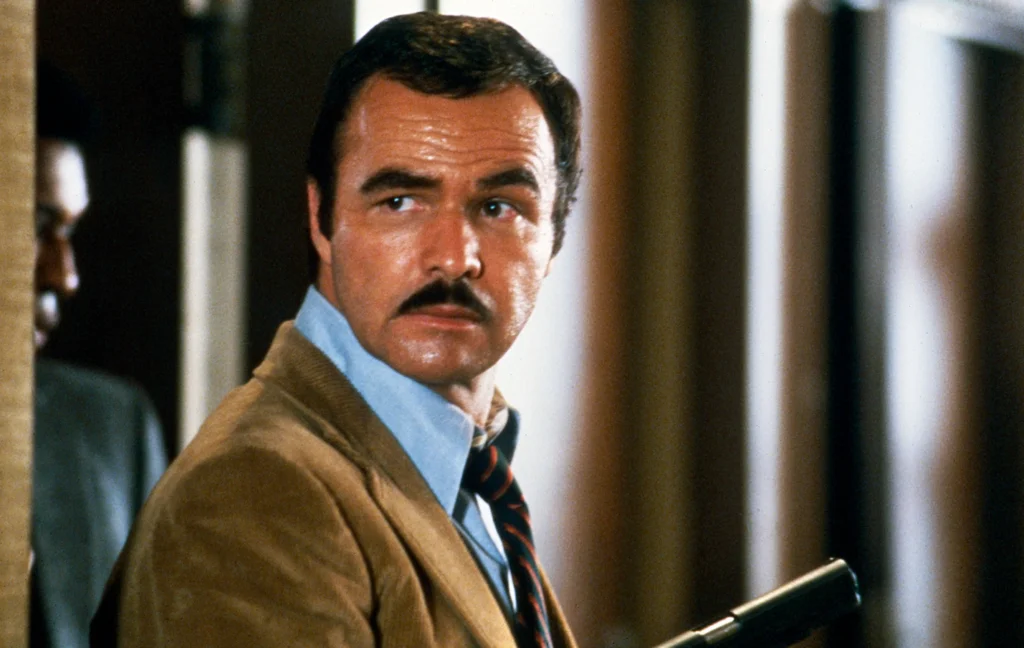
Burt Reynolds had a booming film career in the ’70s, but he also made his mark on television in series like Dan August. As his career skyrocketed, Reynolds developed an interest in directing, wanting more say in how his projects came together.
In 1976, he directed Gator, the sequel to White Lightning, marking his directorial debut. He went on to direct more films and remained a figure who could both charm audiences on screen and call the shots behind it.
10. Bob Newhart
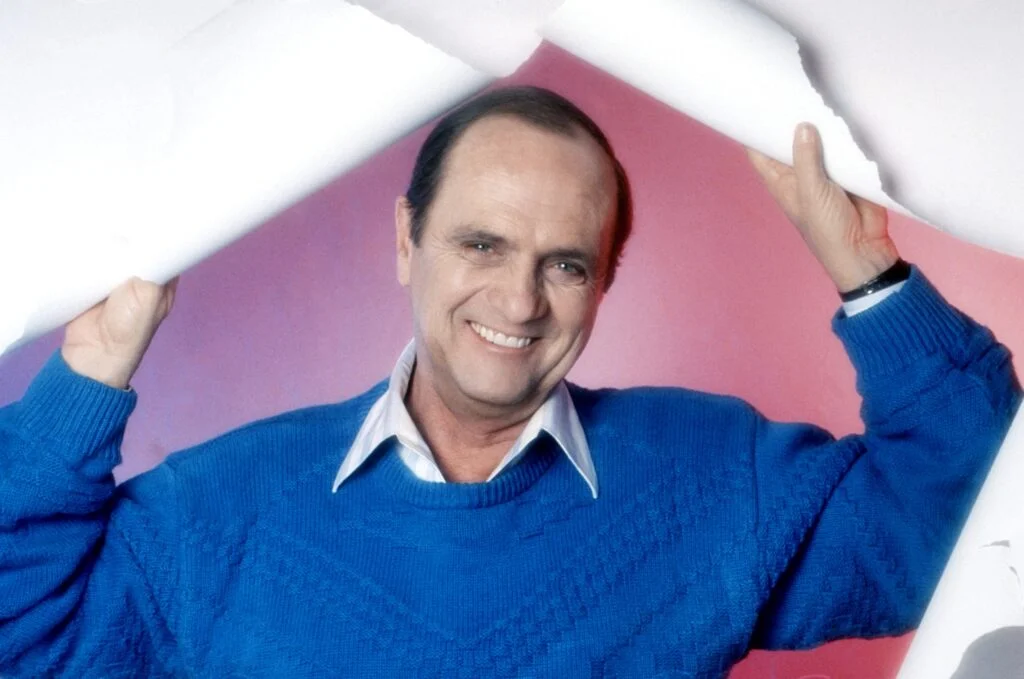
Bob Newhart’s understated, deadpan humor made The Bob Newhart Show one of the most popular sitcoms of the ’70s. While he thrived as the star, Newhart was also taking an interest in how episodes were produced and directed.
He occasionally stepped behind the camera for his own projects and had a strong influence on the creative direction of his shows. Though he didn’t direct as prolifically as some others, Newhart’s behind-the-scenes contributions helped shape the tone and success of his work.
11. Henry Winkler
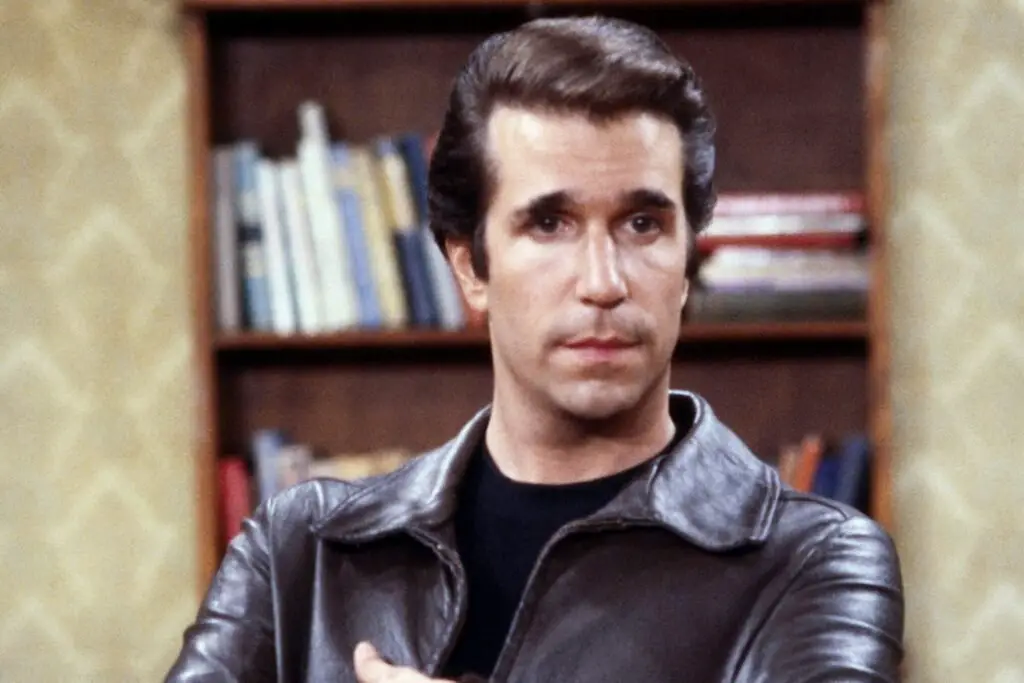
As Fonzie on Happy Days, Henry Winkler became an icon, with his leather jacket and “Ayyyy!” catchphrase instantly recognizable. But Winkler was eager to explore other aspects of the industry once his acting fame was secure.
He began directing in the late ’80s, helming films like Memories of Me and Cop and a Half. While his directing career wasn’t as extensive as some of his peers, it showed his willingness to take creative risks and step into new roles.
12. Andy Griffith
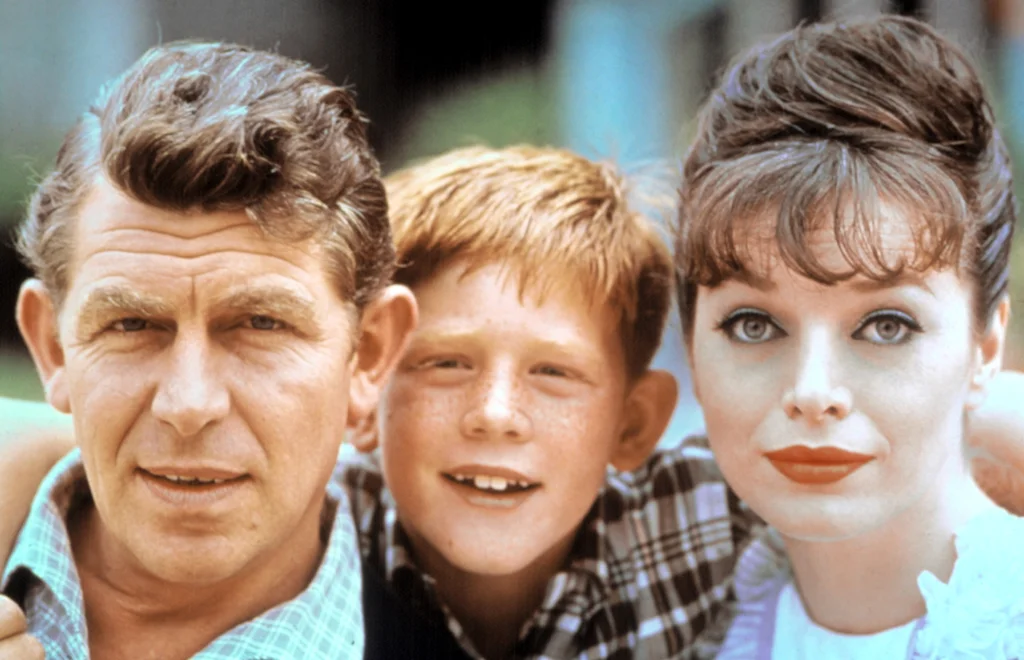
Andy Griffith had already achieved TV immortality in the ’60s with The Andy Griffith Show, but he spent part of the ’70s continuing to perform and explore production work. His experience as both a comedic and dramatic actor gave him a unique perspective when directing.
Though Griffith’s directing work was less publicized, he helmed episodes and had a guiding hand in many of his projects’ creative decisions. His quiet shift behind the scenes added another dimension to his already impressive legacy.
13. Lee Majors

Lee Majors was the ultimate action star of the ’70s as Steve Austin in The Six Million Dollar Man. The role brought him international fame, but Majors also found himself intrigued by what happened on the other side of the camera.
He began directing episodes of his own shows, including The Fall Guy in the ’80s, which he also starred in. Majors proved he could handle the demands of both acting and directing, adding depth to his long career in television.


